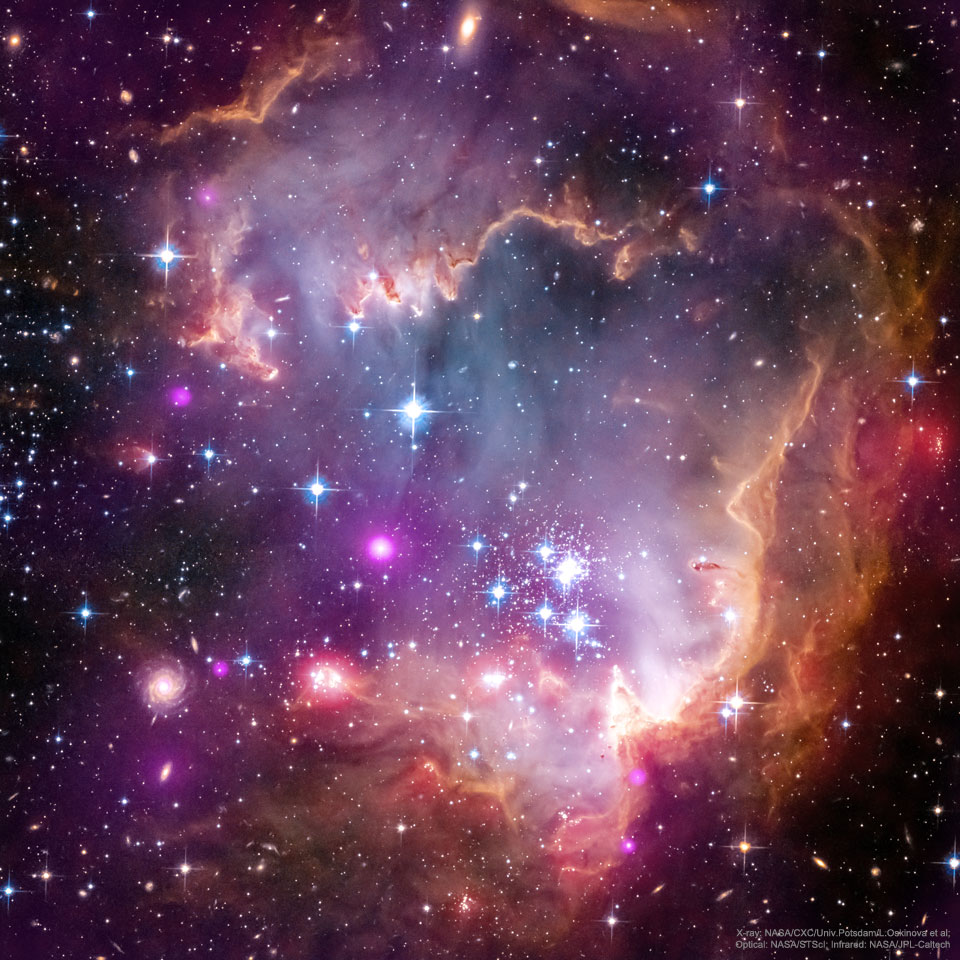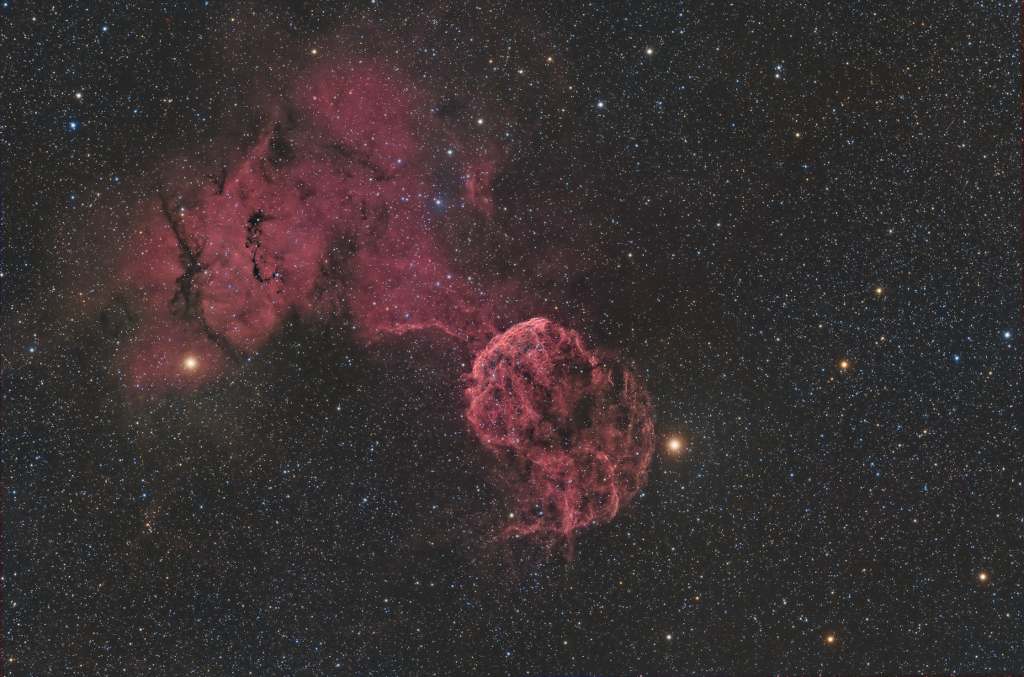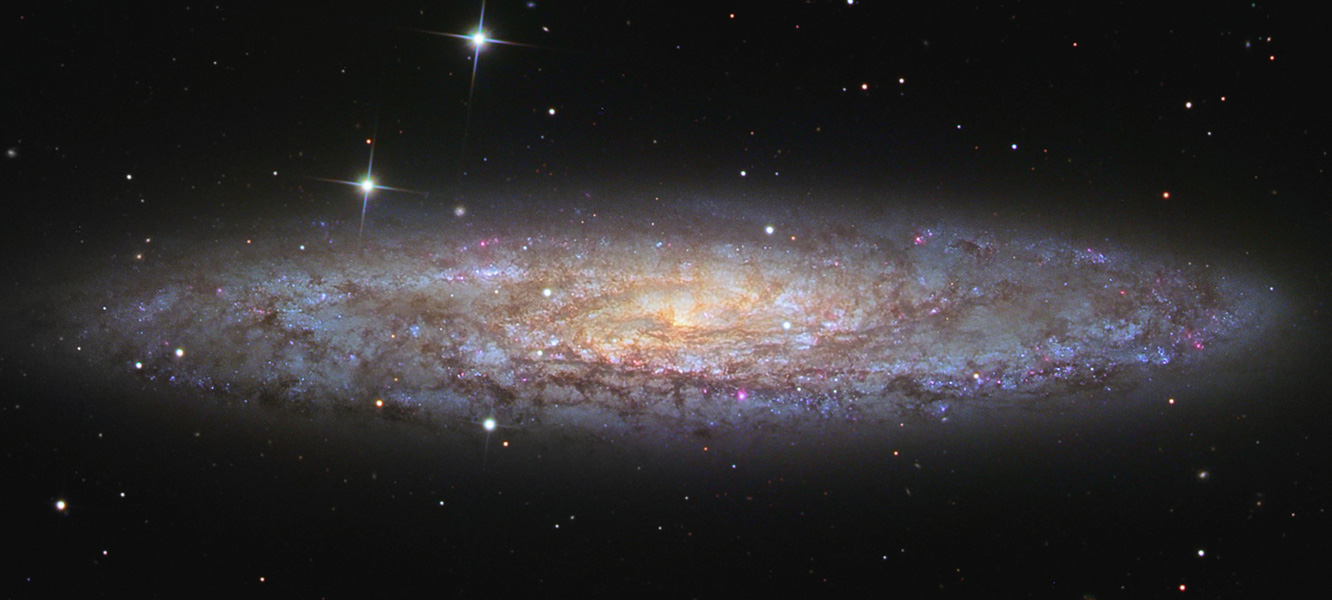
NGC 602 and Beyond


Media accreditation is open for the launch of NASA’s next mission to Mars – the Interior Exploration using Seismic Investigations, Geodesy and Heat Transport spacecraft (InSight) from Vandenberg Air Force Base in California.
from NASA https://ift.tt/2pzYw33
via IFTTT![]()
NASA has awarded an 8(a) small business set-aside contract to Metis Flight Research Associates LLC of Albuquerque, New Mexico, for support of aerospace systems modeling and simulation facilities at the agency’s Ames Research Center in Moffett Field, California.
from NASA https://ift.tt/2G3MQf7
via IFTTT![]()

NASA’s next mission to the Red Planet will be the topic of a media briefing at 5 p.m. EDT (2 p.m. PDT) Thursday, March 29, at NASA’s Jet Propulsion Laboratory (JPL) in Pasadena, California. The briefing will air live on NASA Television and the agency’s website.
from NASA http://ift.tt/2pwIKoI
via IFTTT![]()

Three crew members, including NASA astronauts Drew Feustel and Ricky Arnold, are on their way to the International Space Station after launching from the Baikonur Cosmodrome in Kazakhstan at 1:44 p.m. EDT Wednesday (11:44 p.m. Baikonur time).
from NASA http://ift.tt/2FXqmwh
via IFTTT![]()